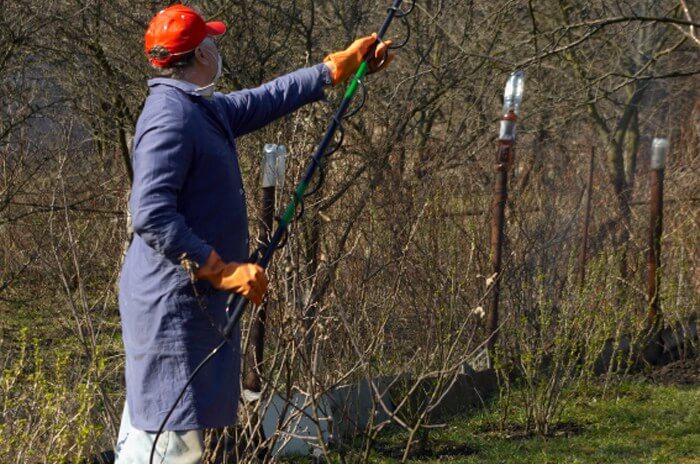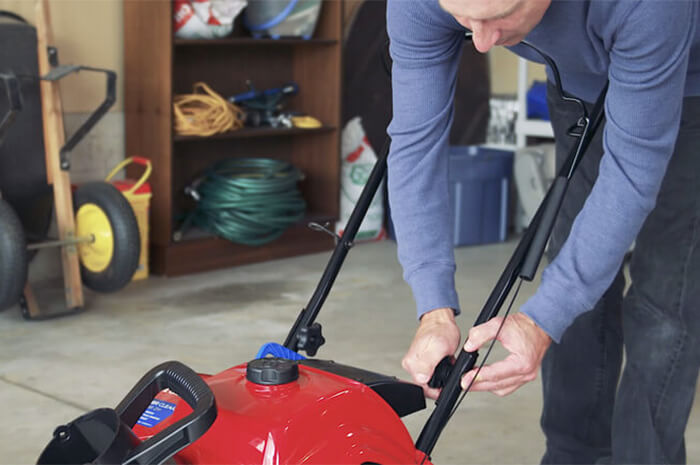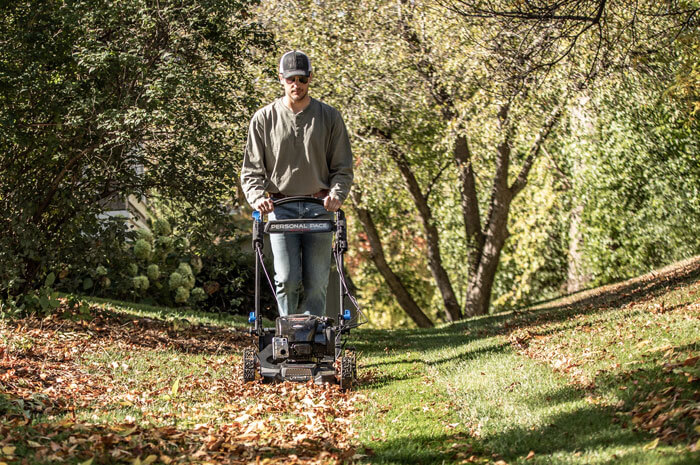
Whether you’re using insecticides and herbicides derived from botanical, biological, or synthetic materials, take all basic precautions, including the use of goggles, disposable dust masks (for pesticide dust), and tight-fitting respirators when using liquid sprays. Use National Institute of Occupational Safety and Health (NIOSH) approved respirators containing activated charcoal cartridges that filter pesticide vapors from the air.
What to Wear
Read all product labels thoroughly, and apply the products with great care. Completely cover your scalp (and have an overhang on your face) a hat, hood, or scarf. Wear a long-sleeved shirt, pants, and socks made of tightly woven material (all cotton). Do not leave skin exposed! Gloves and footwear should be waterproof. If your clothing becomes wet with the pesticide, remove it immediately. Before changing into uncontaminated clothes, be sure to shower first.
How to Clean Your Protective Apparel
Before removing your protective apparel, rinse off your waterproof gear and pesticide applicator using plenty of clean water. Avoid handling the outside of the contaminated clothing; use gloves if necessary. Launder clothing immediately and separate from regular laundry. Presoak them in a presoaking product; then wash them on the highest temperature setting for a full cycle with detergent. Air-dry the wet clothes on a line; then “wash” the washing machine by running it through the wash cycle with detergent without clothes.
If the clothing has any residual pesticide odor after the rinse cycle, repeat the washing procedure until the odor is gone. If you cannot launder immediately, place the clothing in a sealable plastic bag, or throw the clothes away.



